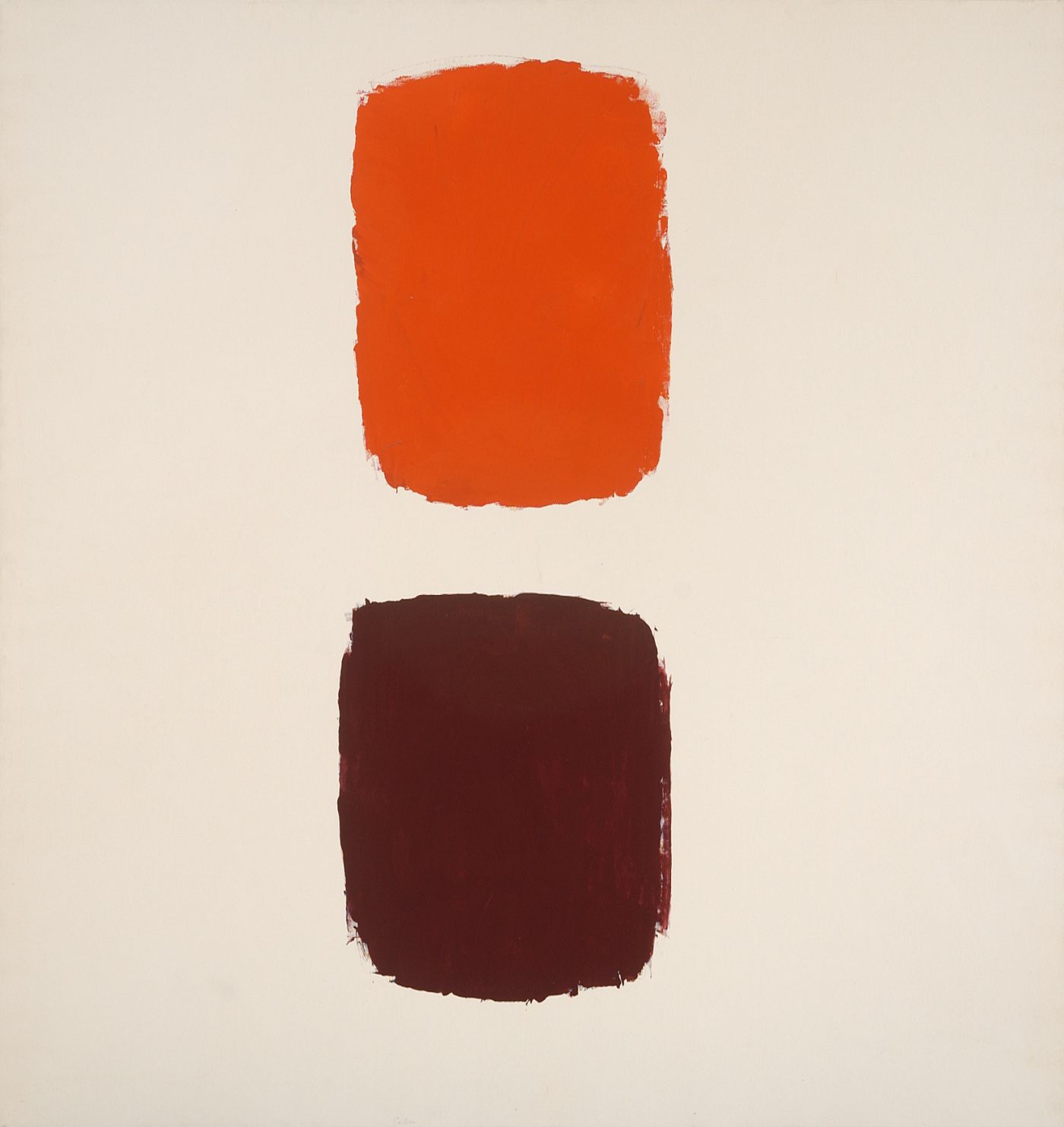Inscape—The Inner Nature Of Things
Permanent Collection Installation
November 1, 2015–October 30, 2016
Can meaning reside in abstraction? The challenge taken up by many artists who paint abstractly is to discover in what ways they can express the unique inner nature of a person, place, thing or event—the emotional feelings generated by everyday life experiences. This exploration of the notion of “inscape” or inner landscape informs the works of the artists presented here.
Combining solid geometric form with loose, expressive lines, brushstrokes, drips, and heightened texture, Louisa Chase, Mary Heilmann, and Perle Fine each embrace a painterly process that balances control and accident, rigor and freedom, in the service of expression. These works, with often enigmatic titles or, in the case of Mary Heilmann, suggestive of the place of inspiration, give little clue into the artists’ intentions and offer an open-ended engagement rooted in color and composition.
Pure abstract gesture, interesting yet ambiguous shapes, and bright colors that float on the surface of the canvas as individual entities or as melding, interactive forms, govern the work of Friedel Dzubas, John Ferren, Hans Hofmann, Raymond Parker, and Esteban Vicente. These paintings share the artists’ use of naturalistic forms that suggest micro-organisms and bold colors that refer and reflect on the real world, to encourage our engagement in an abstract conversation about the nature of the world. For example, Vicente once observed that the swathes of color in his painting Countryside defined the path from the back door of his Bridgehampton house to his beloved garden. Hofmann, who as an inspiring teacher numbered among his students Lee Krasner, Jane Freilicher, and Larry Rivers, taught that nature was the origin of art and that no matter how abstract a painting, contrasts of color, form, and texture (what he termed the “push and pull” in the image) conveyed the energy of nature.
In perhaps the clearest representation of exploration of the concept of “inscape” as a way to portray the very essence of something or someone, the work of Margaret Garrett, Robert Harms, and Eva Faye shows how mark-making conveys a personal statement about internal understanding and responses to nature and humanity. While the other works in this gallery express a sense of forceful engagement through bright colors, assertive brushstroke, and other painterly gestures, works by Garrett, Harms, and Faye take a more atmospheric and subtle point of view as a departure. With an almost Zen quality of quietness and sensitivity, these works lead us as viewers into a zone of contemplation.


